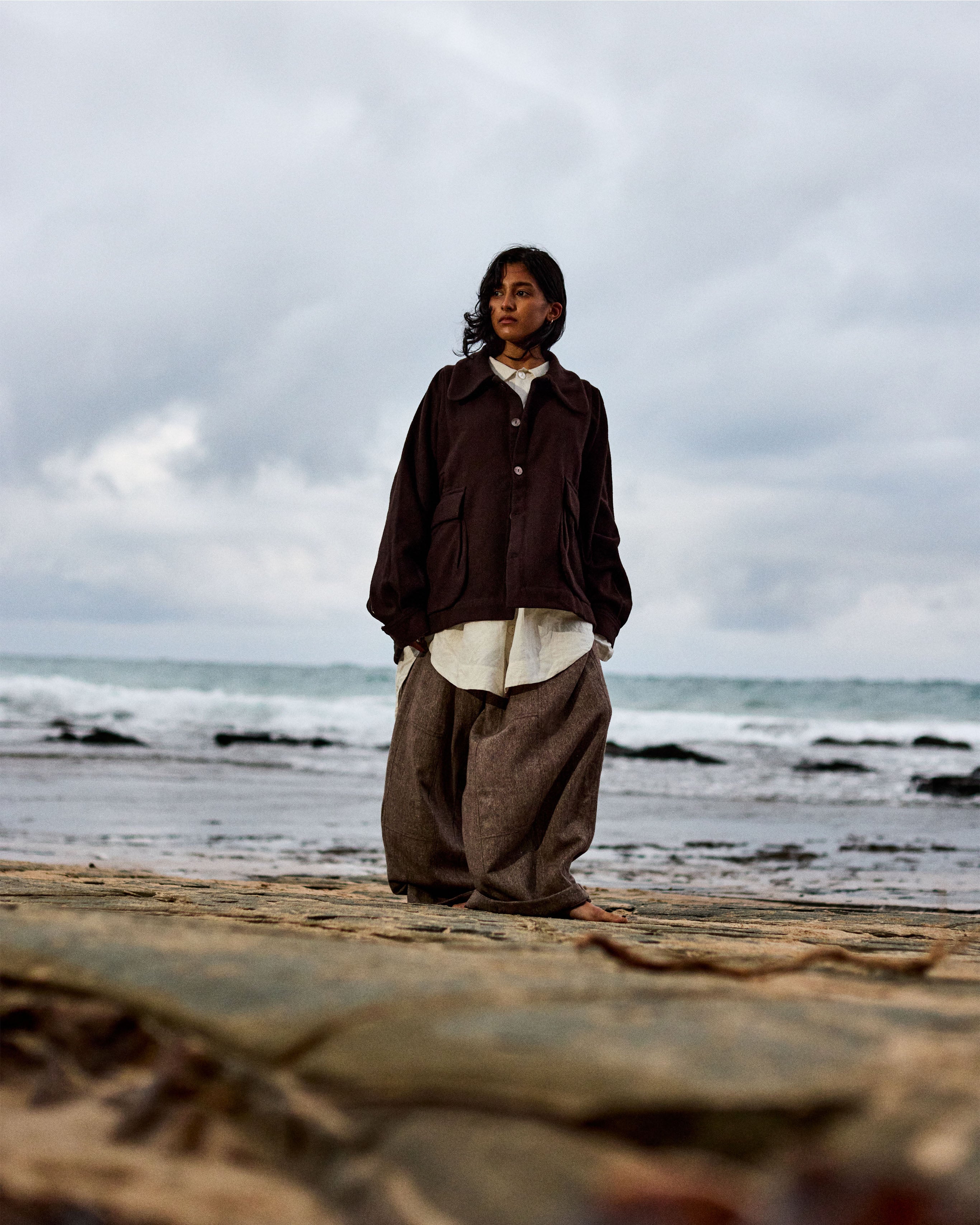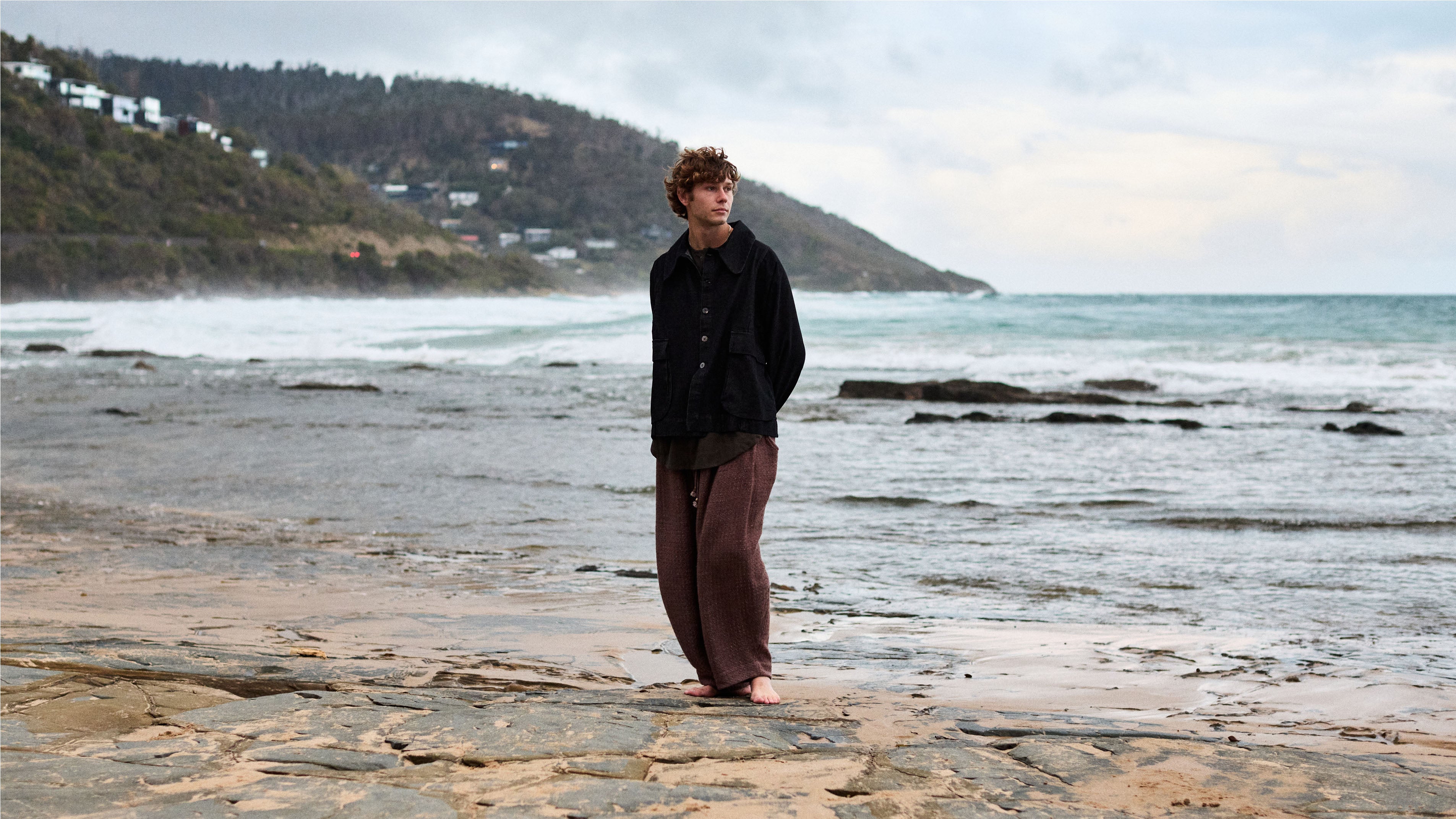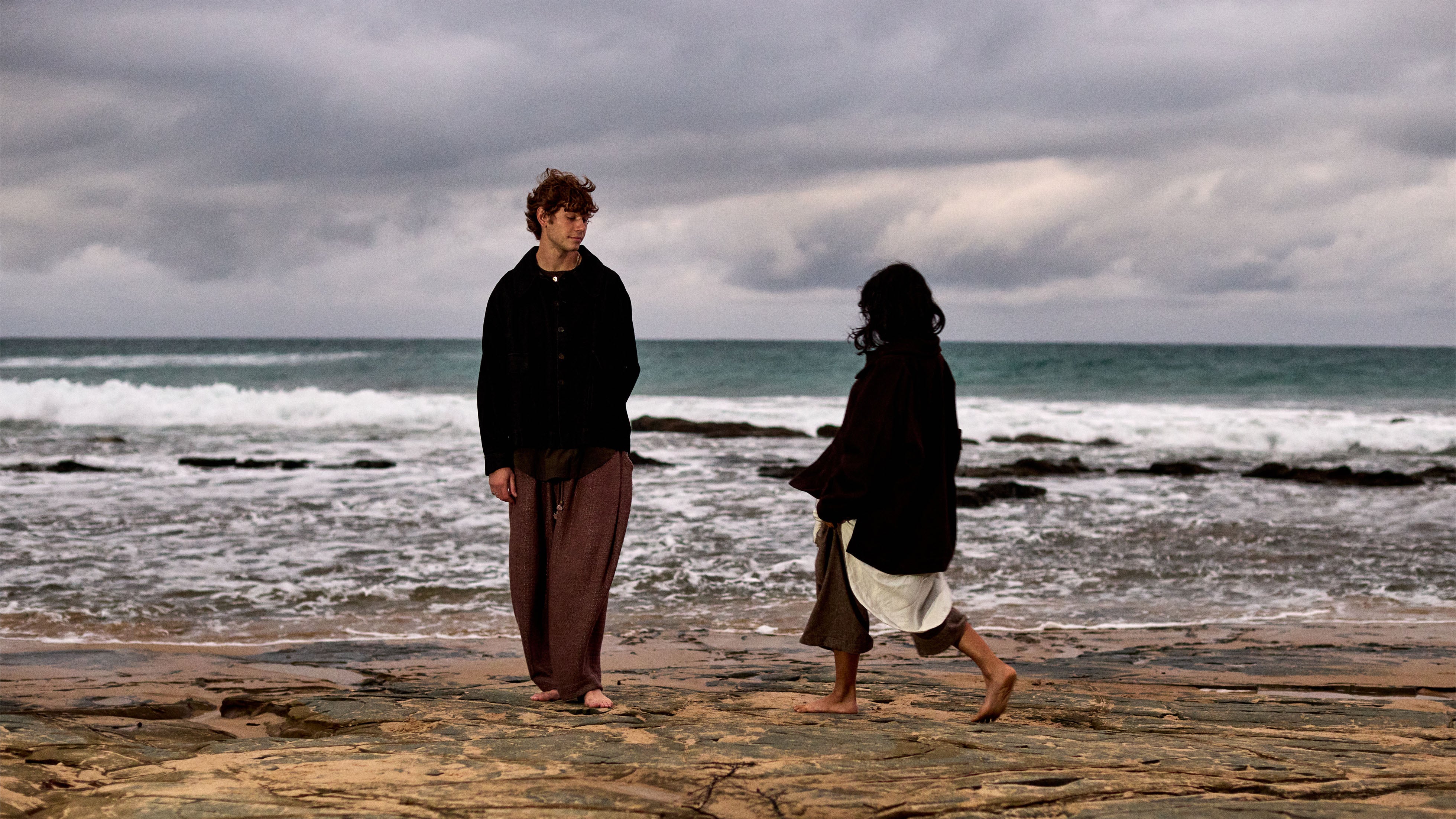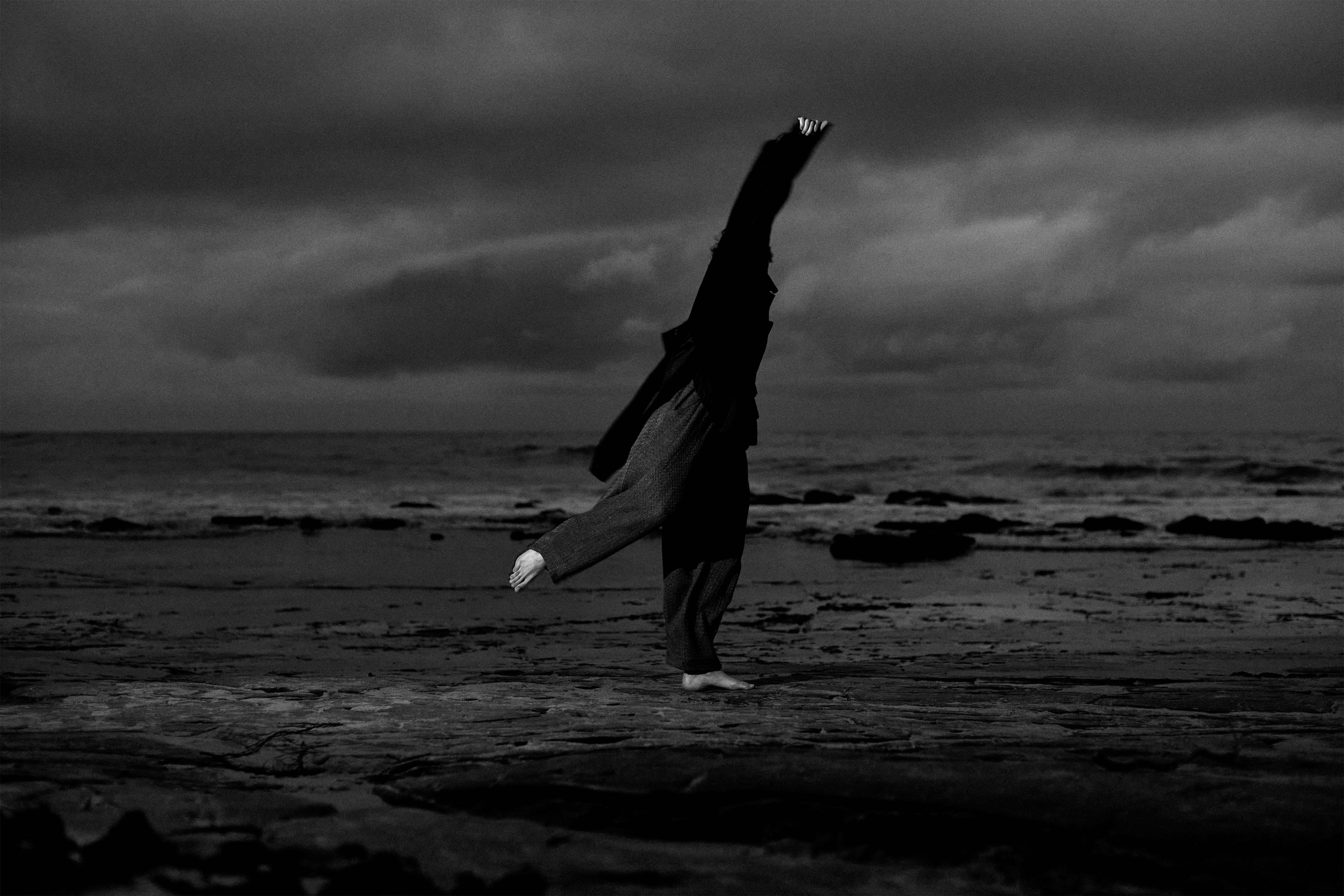We Catch up with Gathering founder Haider Saleem
GATHERING INTERVIEW
In our conversation, Haider reflects on the organic path that led him from London’s cultural mosaic to deep textile exploration across Asia and North Africa. With a reverence for tradition and an unfiltered take on sustainability, he speaks openly about preservation—not just of garments, but of stories, relationships, and ways of living that resist disposability. His work is grounded in memory and material: loose-fitting silhouettes that echo ancestral garments and collections that ask us not only to dress, but to care.
Gathering Textiles feels deeply intentional, what sparked your journey into textile research, and what does “preservation” mean to you in this context?
Textile research is something that came from a few things. Growing up in London amongst a host of different people and cultures, South Asian, West African, Carribean, English and Scottish too, I was just exposed to a lot of different things - from Food to Fabrics. When you want to be cool growing up you look at popular and expensive brands and designer bits like from Versace to Thome Browne. You go into stores like DSM and Hideout (closed down now) and see brands which are so creative and different in their approach, CDG vs. Bape. In the end I was always left staring at the fabric and materials. So, this slowly led me to learn about brands like Issey Miyake, Yohji, Shirin Guild, CCP and a whole host of small brands which I will gatekeep until I die. I realised that all these fabrics come from Asia and Africa. And if they don't then at least inspiration does. On this journey from travels in North Africa all the way to Indonesia, I just kept collecting fabrics, rolls and packets of it. Ceramics too, cups, saucers, trays, tea pots anything. Just liking fabrics and coming full circle not knowing what I liked then realising my heritage and my friend's heritage is cool, helped me just flow into this spiral of getting deeper and deeper into textile and material. Preservation to me means, fixing things which break and to keep making use of them, like heirlooms passed down for generations. That goes for garments, stories, relationships anything.
"MY WORK IS FOR ANYONE AND EVERYONE. SO LONG AS THEY ARE NICE PEOPLE."

You've spent over six years immersed in the traditions of Asia and North Africa. What moments or discoveries during your travels fundamentally shaped your approach to design and storytelling?
Travelling to North Africa as young child definitely shaped my appreciation for loose fitting garments. My appetite for food has helped that as well. In general an obsession over Japan and traditional things from the far east has also shown that this pattern extends from Africa all the way to Asia.
Your mission speaks to both functionality and cultural reverence. How do you balance utilitarian needs with honoring the soul and symbolism embedded in these heritage techniques?
I just make stuff that I've grown up wearing, like bomber jackets or smart pants to school and then remake them using textiles and techniques we've developed by learning from the past. It's all there in history books, museums, galleries, even now if you just get up and travel somewhere and get lost end up in some village and bump into a shepherd, you'll probably see his clothes and be like oh, that looks comfy.
How does Gathering Textiles define sustainability, and how is it woven into your creative process, from fabric sourcing to the final product?
Sustainability is a spectrum. If someone claims to be completely sustainable, I'm calling B.S. I wanna see the fabric used in the zipper and the thread used in their garment construction. Because if you're using completely organic cotton zippers and thread, it becomes super difficult to work with and scale. Also means your clothes will then become a little less durable as most people use poly blend threads to stich garments together so they don't fall apart. Not sure you want to keep this part in, but in general I think sustainability comes for Gathering is just a natural extension. When you do things the old ways you do things the right way. You simply can't just scale and make a million of anything - which is annoying. But keeps your product true to it's purpose.

“Mending Souls” is the title of your publication and is a powerful title. Could you speak to what mending means to you, not just in textiles, but culturally, even spiritually?
Mending souls is the ongoing title of all the collections of works I put out. Each comes with a different volume. Gathering itself has huge spiritual connotations, it's evoked from the idea of coming together with people who mean something in an intimate setting. Something that's really dying in most cultures, especially in the west. Now we struggle to get together at birthdays, weddings, funerals - we live such fast lives. Gathering was made to be a communal thing where we help one another mend souls. If you ever saw someone wearing something from Gathering, it should be a symbol of caring - about themselves, others, the past, the present, the future. Not worrying about anything but caring deeply.make a million of anything - which is annoying. But keeps your product true to it's purpose.

Volume II is described as “for those who love textiles.” Who is this work really for, and what do you hope your audience takes away from it?
My work is for anyone and everyone. So long as they are nice people.
Thank you, Haider, for sharing your time and insights with us. As we close, is there a thought, memory, or intention you'd like to leave with those who are just beginning to explore the world of textiles and craftsmanship?
Gathering is still in its infancy, only having shown, now in 2025, two full seasons in Paris, and soon to deliver its first full season. It has done so much in textile and craftsmanship. Yet there is still so much to do. I want everyone to know the intention, that Gathering is truly for everyone and is here to make a positive impact on the world - educating, helping support and guiding others. Together we will normalise and make accessible natural materials and processes, and make it a generic thing to constantly advocate, share and research our cultural differences through material. This stuff isn't just for cool niche fashion artisanal brands, it isn't just for really cool aunties who are into crafts, this is and will be for everyone.




